A comprehensive understanding of Fiber Optic Connectors in this article
The main function of the optical fiber connector is to quickly connect two optical fibers, so that the optical signal can be continuous to form an optical path. The optical fiber connector is movable and reusable, and it is also an indispensable and most used passive device in the current optical communication system. The two end faces of the optical fiber can be precisely butted through the optical fiber connector, so that the optical energy output from the transmitting fiber is coupled to the receiving fiber to the maximum extent, and the impact of the system due to its intervention needs to be minimized. Because the outer diameter of the optical fiber is only 125um, and the light transmission part is smaller, the single-mode fiber is only about 9um, and the multimode fiber is 50um and 62.5um, so the connection between the fibers needs to be accurately aligned.
Core component: ferrule
Through the role of fiber optic connectors, it can be seen that the core component that affects the performance of the connector is the ferrule. The quality of the ferrule directly affects the precise center connection of the two optical fibers. The ferrule is made of ceramic, metal or plastic. Ceramic ferrules are widely used. The main material is zirconium dioxide, which has the characteristics of good thermal stability, high hardness, high melting point, wear resistance, and high processing accuracy. The sleeve is another important part of the connector. The sleeve plays an alignment role to facilitate the installation and fixation of the connector. The inner diameter of the ceramic sleeve is slightly smaller than the outer diameter of the ferrule, and the slotted sleeve tightens the two ferrules to achieve precise alignment.
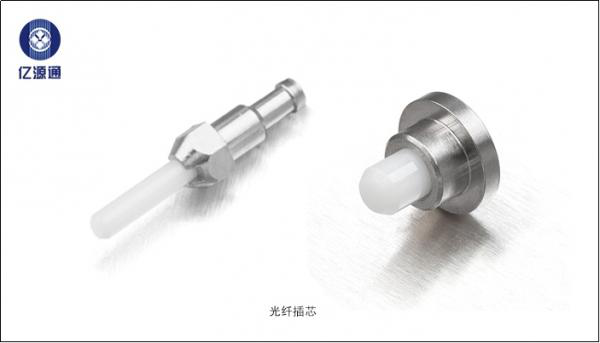
In order to make the end faces of the two optical fibers better contact, the ferrule end faces are usually ground into different structures. PC, APC, UPC represent the structure of the front end of the ceramic ferrule. PC is Physical Contact, physical contact. PC is microsphere polishing, the ferrule surface is polished into a slightly spherical surface, and the fiber core is located at the highest point of bending, so that the two fiber end faces are in physical contact. APC (Angled Physical Contact) is called the physical contact of the inclined plane, and the end face of the optical fiber is usually polished into an 8 ° inclined plane. The 8 ° angled bevel makes the fiber end face more compact, and reflects the light to the cladding through its bevel angle instead of directly returning to the light source, providing better connection performance. UPC (Ultra Physical Contact), super physical end face. UPC is more optimized on the basis of PC, end surface polishing and surface finish, the end surface looks more domed. The connector connection needs to have the same end structure, for example, APC and UPC cannot be combined together, which will cause the performance of the connector to degrade.
Basic parameters: insertion loss, return loss
Due to the different end faces of the ferrule, the performance of the connector loss is also different. The optical performance of fiber optic connectors is mainly measured by the two basic parameters of insertion loss and return loss. So, what is the insertion loss? Insertion loss (Insertion Loss, usually referred to as "IL") is the optical power loss caused by the connection. It is mainly used to measure the optical loss between two fixed points in an optical fiber.It is usually caused by the lateral deviation between the two optical fibers, the longitudinal gap in the optical fiber connector, and the end surface quality.The unit is expressed in decibels (dB). The smaller the better, the general requirement should be no more than 0.5dB.
Return loss (Return Loss, usually abbreviated as "RL") refers to the parameter of the signal reflection performance, which describes the power loss of the return / reflection of the optical signal. The larger the better, the value is usually expressed in decibels (dB). The typical RL value of the general APC connector is about -60dB, and the typical RL value of the PC connector is about -30dB.
In addition to the two optical performance parameters of insertion loss and return loss, the performance of optical fiber connectors should be considered.When selecting a good optical fiber connector, attention should be paid to the interchangeability, repeatability, tensile strength, and operating temperature of the optical fiber connector. , Number of insertions and removals, etc.
Connector type
The connectors are divided according to the connection mode: LC, SC, FC, ST, MU, MT, MPO / MTP, etc .; according to the fiber end face: FC, PC, UPC, APC.
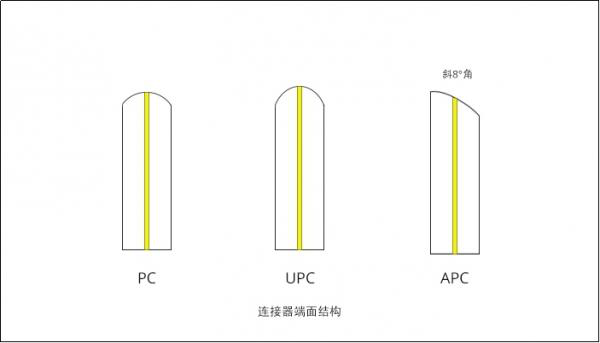
LC connector
The LC type connector (Lucent connector) is made with a modular jack (RJ) latch mechanism that is easy to operate. The size of the pin and sleeve used in the LC connector is the same as the size used for ordinary SC, FC, etc., which is 1.25mm, so the appearance size is only half of the SC / FC.
SC connector
The connector of the SC connector ('Subscriber Connector' or 'Standard Connector') is a snap-on standard square type connector, and the fastening method is a plug-and-socket type without rotation. This type of connector uses engineering plastics, which is inexpensive and easy to insert and remove.
FC connector
FC fiber connector (Ferrule Connector) and SC connector are the same size, the difference is that FC uses a metal sleeve, the fastening method is screw. The structure is simple, the operation is convenient, the manufacture is easy, and it is durable, and it can be used in a high vibration environment.
ST connector
The ST fiber connector (Straight Tip) has a round shape with a 2.5mm ring-shaped plastic or metal shell. The fastening method is screw buckle. It is often used in fiber distribution frames.
MTP / MPO connector
MTP / MPO fiber connector is a special type of multi-fiber connector. The structure of the MPO connector is more complicated. It connects 12 or 24 optical fibers in a rectangular optical fiber ferrule. Usually used in high-density connection scenarios, such as data centers.
In addition to the above, connector types include MU connector, MT connector, MTRJ connector, E2000 connector, etc. SC is probably the most commonly used fiber optic connector at present, mainly due to its low-cost design. LC fiber optic connector is also a commonly used fiber optic connector, especially for connection with SFP and SFP + fiber optic transceivers. FC is mostly used in single mode, and is relatively rare in multimode fiber. The complicated design and the use of metal make it expensive. ST fiber optic connectors are commonly used in long and short distance applications, such as campus and building multimode fiber applications, enterprise network environments and military applications.




 Related Products
Related Products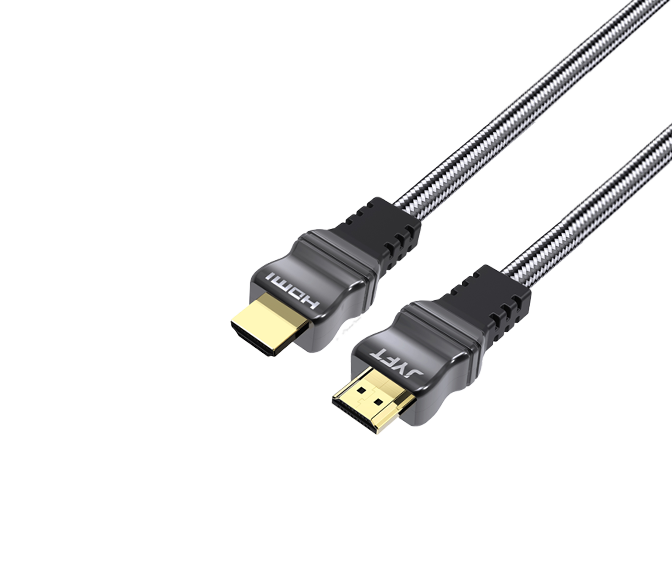
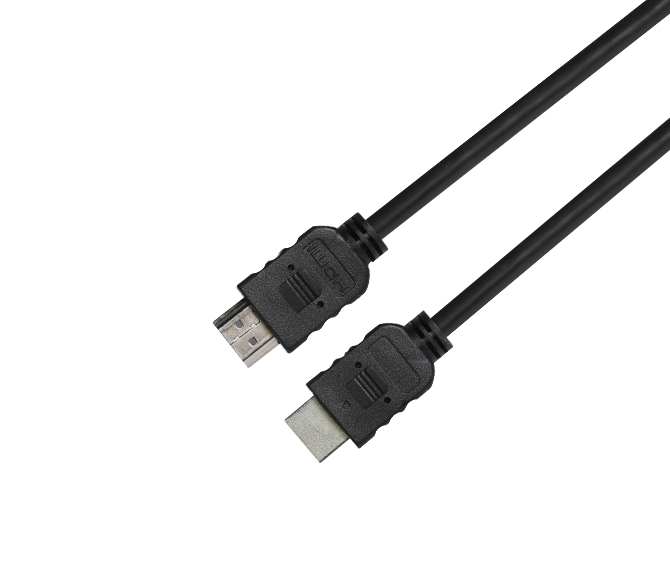
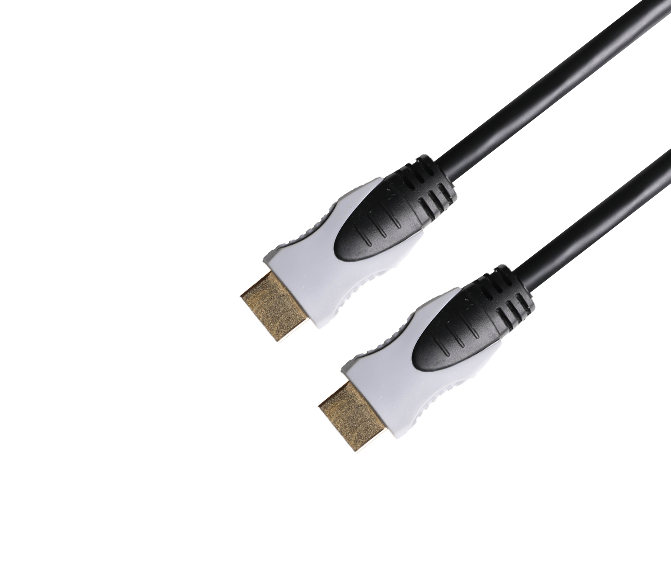
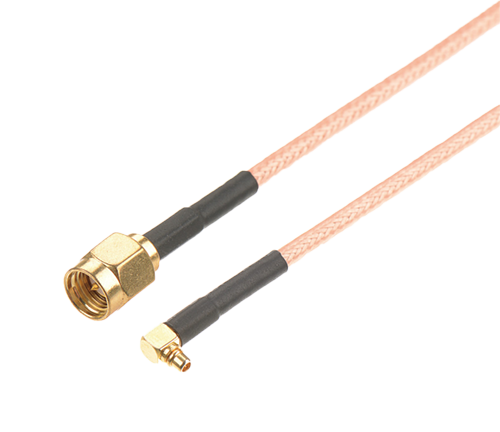














View More(Total0)Comment Lists